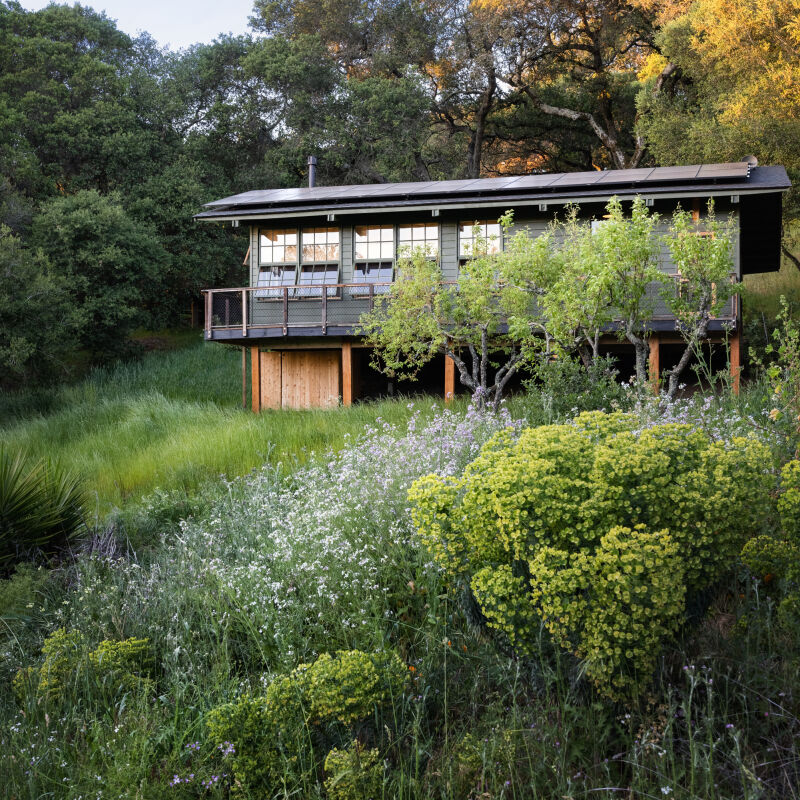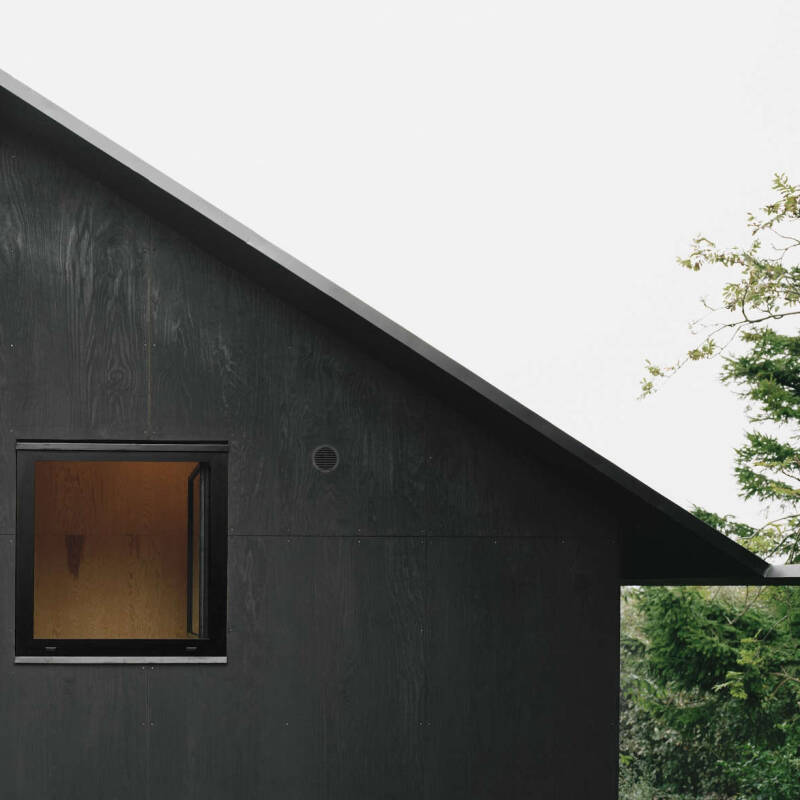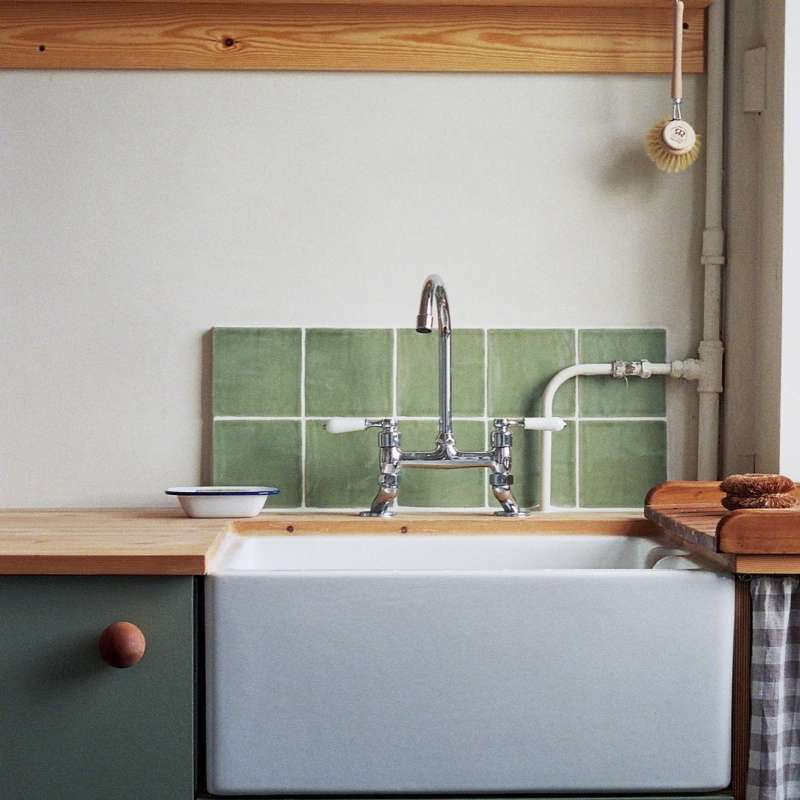Unless you’ve undergone a major remodel, chances are you’ve never given much thought to baseboards. But over the past few weeks, we’ve been taking a deep dive into the many types of molding, from crown molding to door and window casings, and today, we’re tackling baseboards: an often overlooked design detail that, as it turns out, plays a big role in protecting walls and making rooms feel polished.
Fortunately, architect James Dixon (a member of the Remodelista Architect & Designer Directory, whose firm specializes in restoring Manhattan apartments and building country houses) is only too happy to keep exploring “the wonderful history of moldings” with us. Read on for his quick guide to baseboards, whether you’re inheriting them or building from scratch—and stay tuned for more to come on moldings.

What are baseboards?
Baseboards are installed partly for aesthetic reasons: Just as crown molding hides the area where walls meet the ceiling, baseboards hide the joint where walls meet the floor, which might otherwise be unsightly. But baseboards also serve a very necessary function in protecting plaster walls from getting kicked or scuffed by shoes, boots, and vacuum attachments. “A vacuum cleaner can do a nasty number on a wall,” says Dixon.
Should baseboards look like the other molding in the room?
Dixon says there are many arcane rules behind choosing and installing molding. In general, however, the design should tie in with the room’s other trim. “All the trim should be part of the same family, with similar detail and proportions,” he says. “While I love an 18-inch-high, elaborately carved baseboard, it won’t feel right in a tiny room with a low ceiling.”
Baseboard trim is usually much less ornate than crown molding, though in modern houses both can be starkly simple. Remember that more streamlined molding will collect less dust and dirt. And since baseboards are adjacent to the floor, you need to make sure the two materials work together in terms of color and texture.

What’s the best material for baseboards?
Because they must stand up to a lot of punishment, most baseboards are made of solid wood. But composite materials like MDF (medium density fiberboard) are sometimes used, since they’re less expensive and resistant to mold and mildew, if water intrusion is an issue.
What color should baseboards be?
The choice is yours, Dixon says. “The classic method is to use white for ceiling and trim (baseboards and window and door casings), and then paint the wall a color or hang wallpaper.” But Dixon likes the look of having all the different trim painted the same color as the walls, especially if the room has a lot of ornament or very detailed casings. “Then everything reads a bit more simple,” he says.
Another option, especially for hardwood baseboards that match the floor: staining or finishing them in the same color as the floor.

How can you make baseboards fit walls that aren’t true?
The walls and floors in older buildings are often uneven due to settling over the years. Dixon has fond memories of his first apartment in New York: “There wasn’t a single 90-degree angle in the whole place,” he recalls, “but it did have wonderful moldings, even though the floors and walls and baseboards were all wonky.”
If you’re installing new baseboards on wonky walls, it’s best to use molding made of a composite material like polystyrene, which is more flexible than wood. “You have to follow the contours of the walls,” says Dixon, “and use caulk or paint to hide the gaps.”
My baseboards are in bad shape. Can I remove them?
For older houses, Dixon offers the same advice as he did with crown molding: “You don’t want to remove baseboards if at all possible. It can be a big job, and you have to put something in their place. Better to repair what’s already there.”

What are some tricks for using baseboards?
“We like to install the electrical outlets in baseboards rather than in the walls,” says Dixon. “They almost disappear once they’re painted over, so the area looks less busy.”
Where can I learn more about baseboards?
If you’re still curious, check out what Dixon calls the “bible,” C. Howard Walker’s Theory of Mouldings. First published in 1926, it’s still in print if you need it.
Another good source of information comes from Dykes Lumber Co., founded in Manhattan in 1909. “The Dykes catalog has every kind of molding in every category,” says Dixon. “It’s a great resource for people in the industry who live and breathe this subject.”

Undergoing a remodel? For more nitty-gritty questions you may face, take a look at our Remodeling 101 posts, including:
- Remodeling 101: What to Know When Buying a House: 6 Problems that Shouldn’t Be Dealbreakers
- Remodeling 101: Everything You Always Wanted to Know About Grout and Caulk (but Were Afraid to Ask)
- Remodeling 101: What to Know About Installing Kitchen Cabinets and Drawers
Frequently asked questions
What are baseboards?
Baseboards are architectural elements that are typically wood or plinth used to cover the intersection of the floor and interior walls.
What is the purpose of baseboards?
The purpose of baseboards is to protect walls from scratches and scuffs and to provide a decorative finish to the room.
What is molding?
Molding is the process of creating an architectural element meant to provide decorative finish and continuity to a room.
What are the different types of molding?
There are various types of moldings, including crown molding, chair rail molding, and baseboard molding, among others.
What is baseboard molding?
Baseboard molding refers to the decorative element used to cover the intersection of the floor and interior walls and provide a smooth transition between the two surfaces.
What are some common materials used for baseboard molding?
The common materials used for baseboard molding include wood, MDF, PVC, and plaster.
How do I choose the right baseboard molding for my room?
When choosing the right baseboard molding for your room, consider factors such as the room's style, the height of the ceilings, and the size of the room.
How do I install baseboard molding?
Installation of baseboard molding involves measuring the wall's length and using a miter saw to cut the baseboard to the required length. Then, use a nail gun or adhesive to secure the baseboard to the wall.
What is the cost of installing baseboard molding?
The cost of installing baseboard molding varies depending on the material used, the length of the wall, and labor costs. On average, it can cost between $1 to $4 per linear foot.






Have a Question or Comment About This Post?
Join the conversation